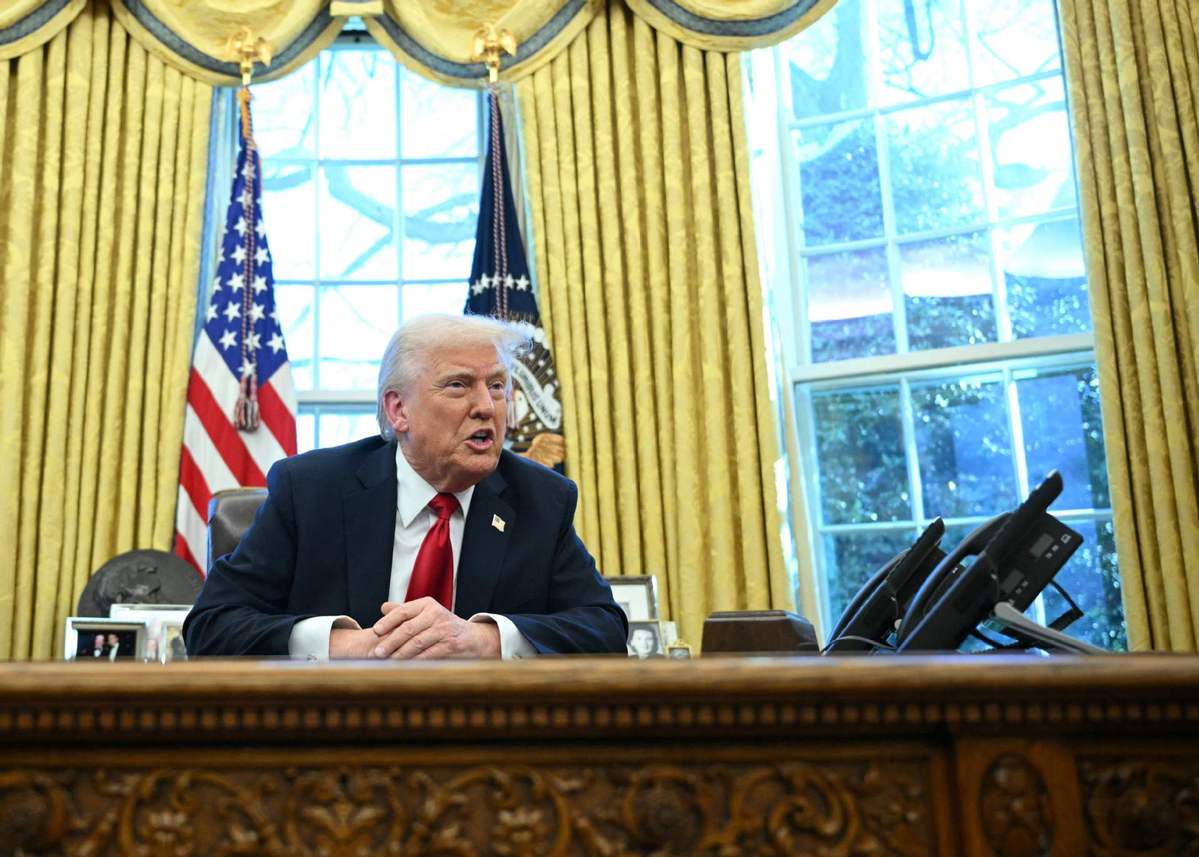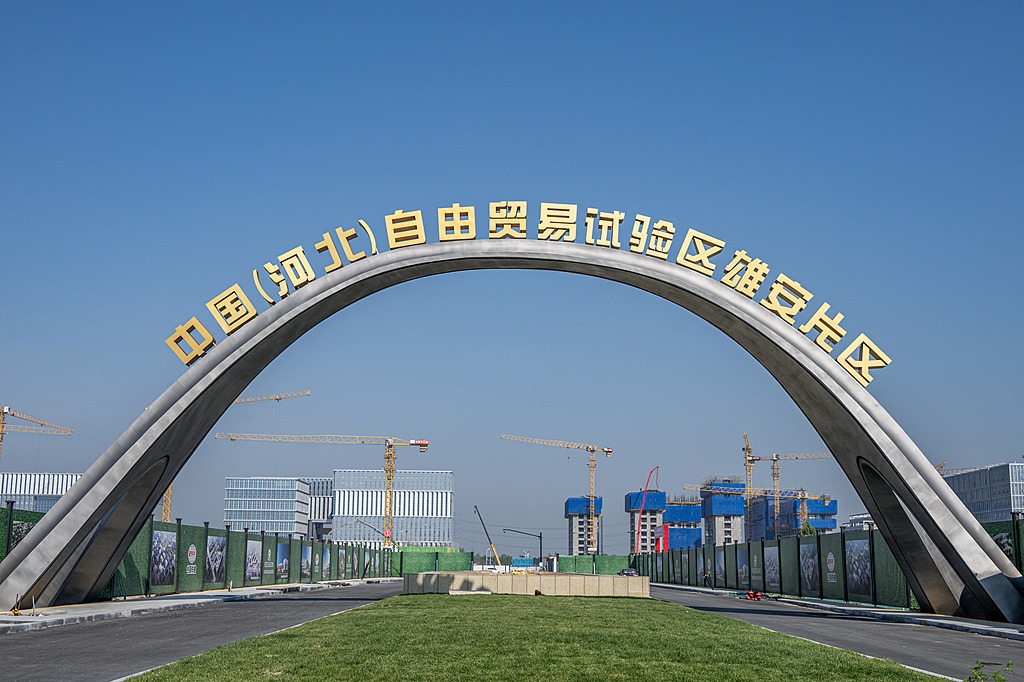When price tags speak, US should listen


The United States' trade policy is likely to take a sharp turn on Wednesday, which President Donald Trump has named "Liberation Day", the beginning of reciprocal tariffs on every country that taxes American goods. A day later, a sweeping 25 percent blanket tariff is expected to be imposed on all US imports, across every product, every port, and every sector.
The theory is simple: raise foreign prices high enough, and Americans will buy domestic products. But this isn't the 1950s. The logic doesn't hold in a globalized, interconnected, and precision-based economy.
More than 40 percent of US automobile components are imported. A 25 percent tariff doesn't protect US automakers — it puts additional pressures on them. Ford, GM and Tesla rely on global supply chains. Adding a tariff at that scale increases the cost of doing business in the US and pushes that cost onto consumers.
The Peterson Institute for International Economics estimates that these tariffs could raise the average price of a car by $3,000 to $5,000. Worse, the effects won't stop with vehicles. Food, electronics, appliances, construction materials and farm equipment — all will be affected. As a result, American families will have to pay more for less.
Tariffs don't just raise prices. They scramble signals. And confusion, not clarity, spreads.
Markets respond. Businesses freeze. Households hesitate.
The University of Michigan's Consumer Sentiment Index has dropped to its lowest point since the early COVID-19 pandemic lockdowns. Five-year expectations are at a 13-year low. When confidence breaks, people pull back, delaying purchases, slowing investment and reducing hiring. Growth contracts. Momentum stalls.
Inflation is still high. The US Federal Reserve's preferred inflation metric — the Personal Consumption Expenditures index — rose 0.4 percent in February, or 2.8 percent year-on-year. That's too high to justify cutting interest rates, but too painful for families already struggling with higher costs. Since January, the Dow Jones has dropped about 1,000 points. Volatility is rising across oil, semiconductor, shipping and metal sectors. Canada and the European Union are planning countermeasures. Asia's supply chains are shifting in real time.
The signals are flashing red. But the real issue isn't the noise; it's the direction.
Resilience doesn't come from slogans. And economic power isn't built by turning backward. Real growth emerges from advanced systems: AI-integrated services, energy innovation, infrastructure modernization, and next-generation logistics. That's where investment is flowing. That's where countries compete — and win.
US cities such as Minneapolis, Austin, Boston and Raleigh are already showing the way. They are investing in high-temperature superconducting transmission lines, digital grid infrastructure, cybersecurity and industrial automation, which are assets of a resilient, modern economy.
We don't need to retreat. We need to retool with precision.
Tariffs are a tool from another era. In the past, they offered leverage in a simpler world of national economies and slower change. But in today's system — fluid, fast, and interdependent — blanket tariffs are a blunt instrument. They are a sledgehammer where a scalpel is required. In a digitalized, distributed economy, force creates instability.
We've seen this before. Once a symbol of industrial efficiency, Japan entered a decades-long economic stagnation as it failed to adapt to the changing times. Precision alone didn't save Japan. Innovation did — and the lack of it nearly undid its economy.
If the US wants to be a world leader, it must do so not through nostalgia, but through strategy. That means investing in critical infrastructure — not just ports and roads, but digital backbones, energy networks and regional resilience hubs. It means aligning trade, technology and workforce development — and devising policies that move in rhythm with the future, not against it.
It also means being honest with ourselves.
As individuals and as a nation, the degree to which we can grow is directly proportional to the amount of truth we can accept about ourselves without running away. The truth is: The US is not where it should have been. It is still the most dynamic economy in the world — but only if it acts like it, if its leadership has clear vision, and if it treats prices as signals and listen when they scream.
This moment is not just about trade. It's about what the US is — and where it intends to go.
Should it cling to a past of tariff walls and isolation? Or should it step forward with coordination, investment, and vision? Should it react, or should it lead?
History does not wait for hesitation. Neither does the global economy.
Now is the time to build a future, not to defend a fading past.
The author is an IEEE and ASME fellow, chairman and president of Energy Policy and Security Associates, and a professor emeritus at the University of Minnesota.
The views don't necessarily represent those of China Daily.
If you have a specific expertise, or would like to share your thought about our stories, then send us your writings at [email protected], and [email protected].
The views don't necessarily reflect those of China Daily.


































